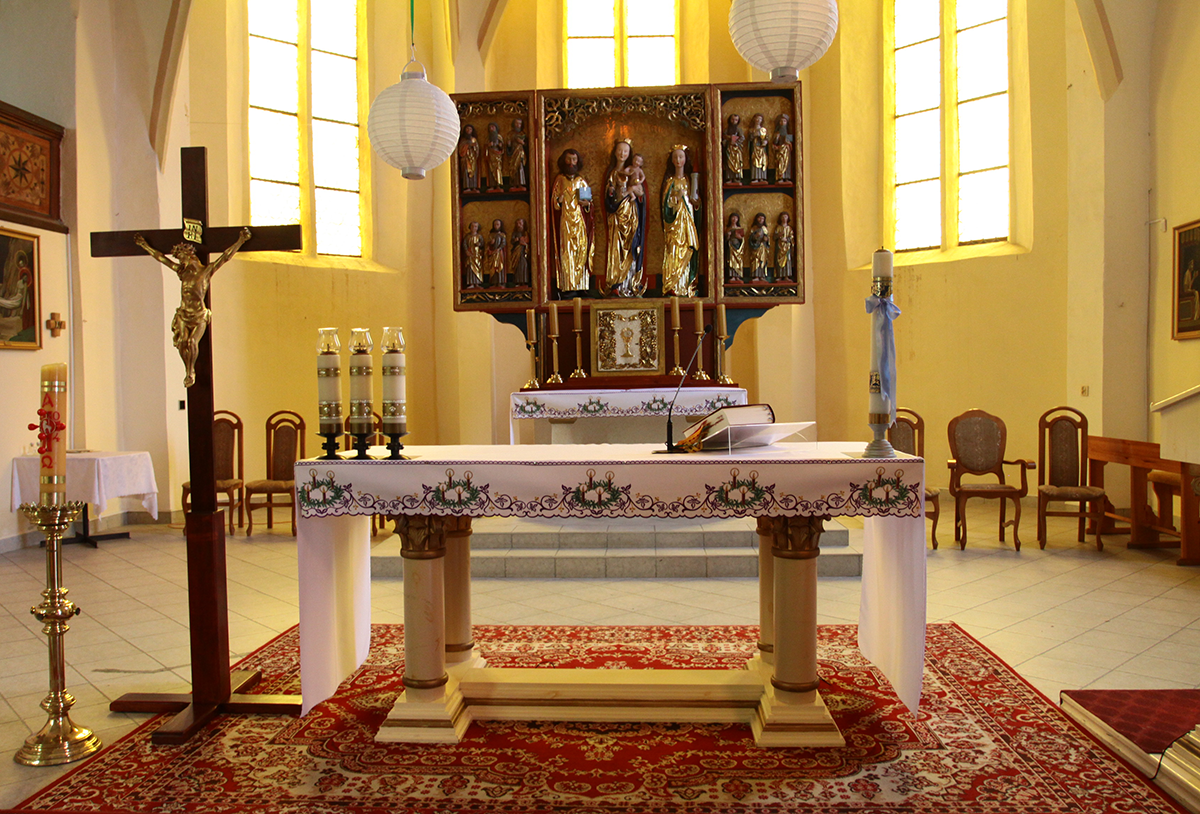Last summer Mike wrote about a design company’s use of ColorFabb’s wood 3D printing filament, Woodfill, to recreate a piece of historical sculpture for a Polish church in Luban. Fucco Design has finally finished the massive project and it has now been painted and installed at St. Mary Magdalene Church. The final results are nothing short of breathtaking, and I’d imagine anyone would be hard-pressed to recognize that the triptych was a 3D printed replica.
Originally housed in the 13th century St. Mary Magdalene Church, the original Triptych of Luban was almost destroyed during WWII and was subsequently sent to its current resting place in the Wrocław Archdiocese Museum for safe keeping. However, a local parish priest from Luban wanted to reclaim the sculpture for St. Mary Magdalene. When he was unable to procure the original triptych, he contracted Fucco Design to produce a 3D printed reproduction based on the original surviving sculpture.

Fucco Design chose to use Woodfill from Dutch filament manufacturer ColorFabb for the sculpture. Woodfill is an advanced 3D printing material composed of 70% PLA and 30% real wood fibers, so objects printed with it can be sanded, stained and painted as easily as real wood. The material even smells like real wood and, while printing, will make your printing environment smell like a sawmill.
The largest of the religious statues that make up the triptych is over 60 inches tall and was made up of 78 individually 3D printed parts. In total, a single figure required over 600 hours just to 3D print, not to mention the hours it took to process each piece, assemble the parts and paint. It’s no wonder that it’s taken months to complete and install! Whether you’re religious or not, it is pretty hard to deny how amazing the final product – 3D printed on desktop printers – looks.
You can read more about the recreation of the Triptych of Luban over on the ColorFabb blog.




